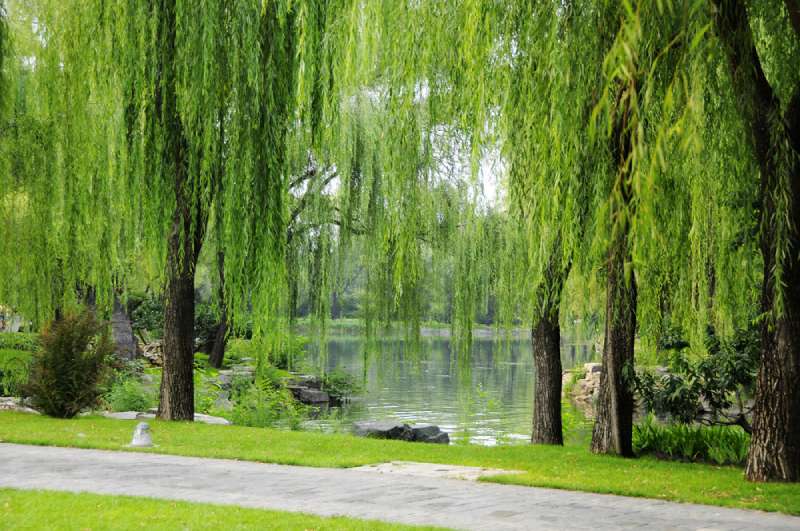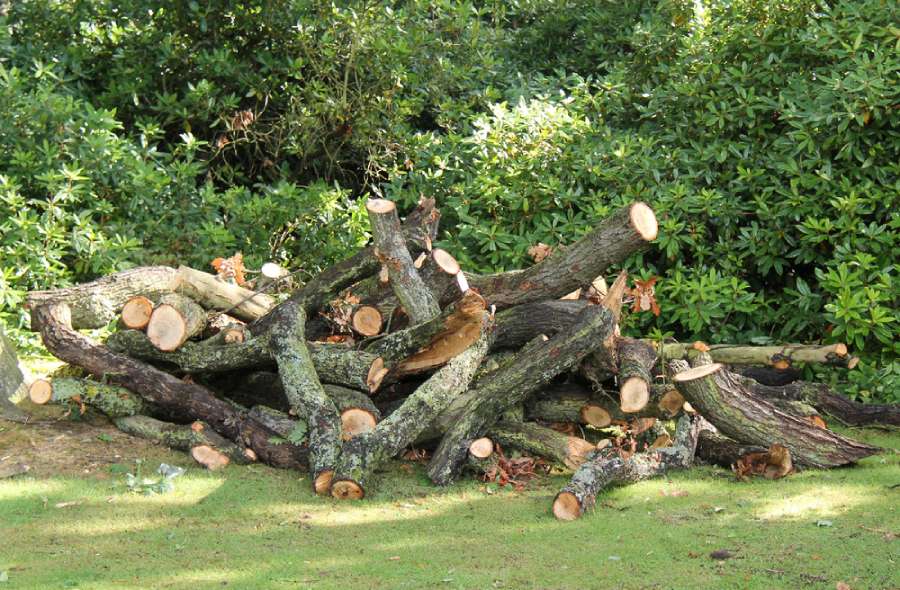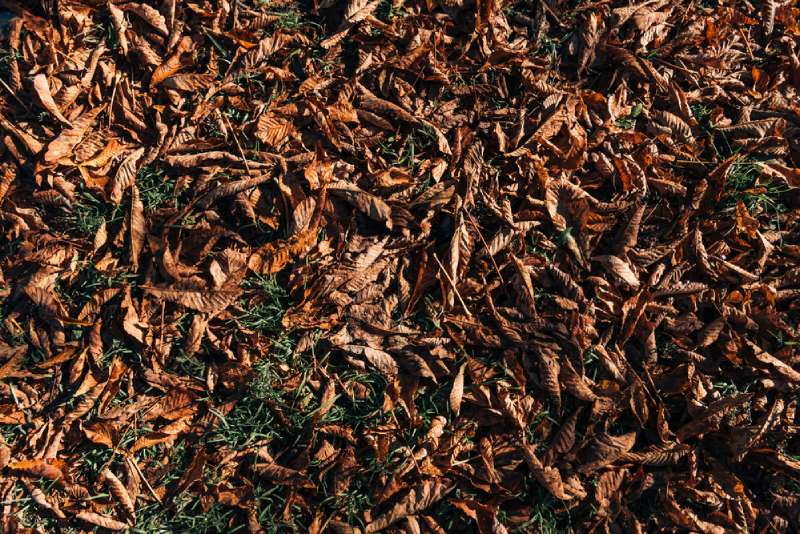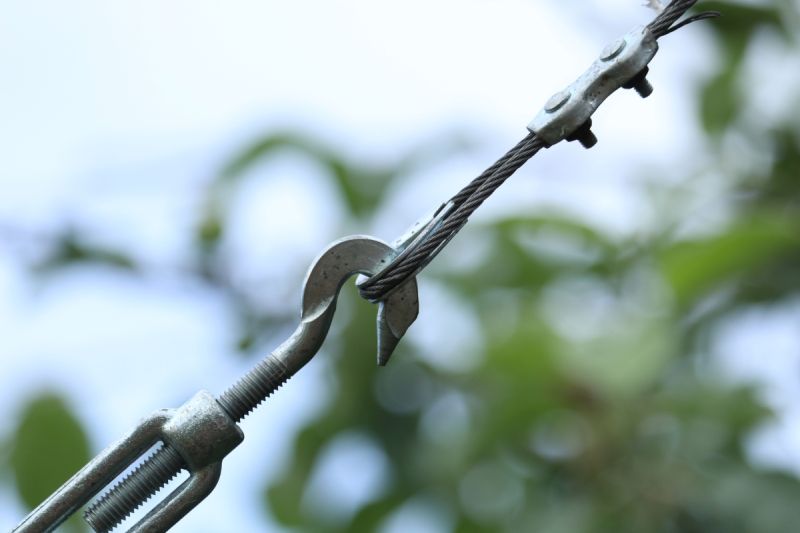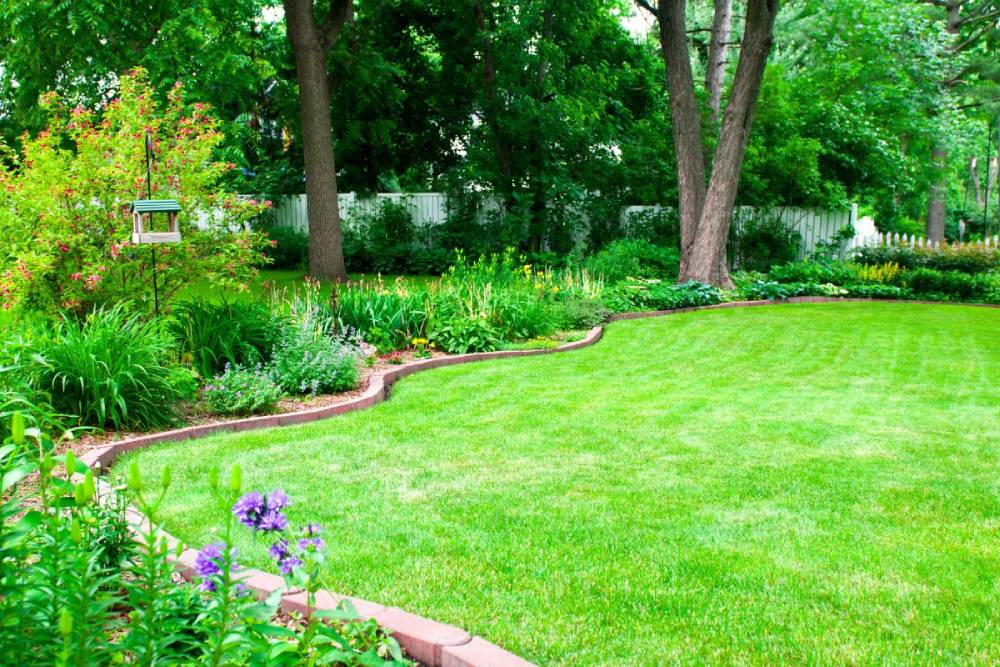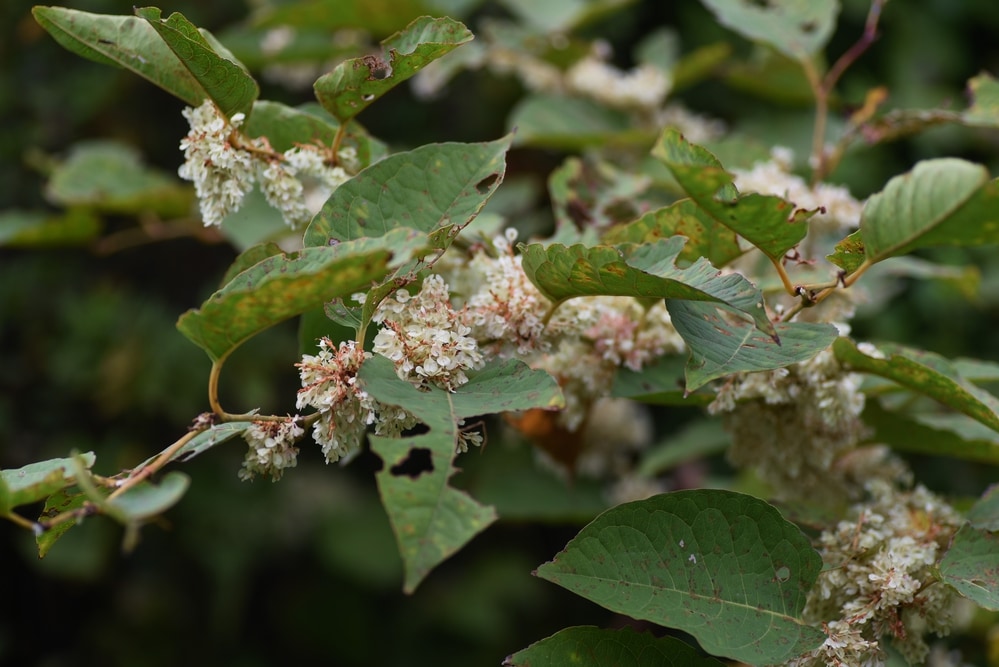
Vancouver, British Columbia-based tree service professionals explain why shade trees are beneficial and what homeowners can do to ensure the best tree health care.
How Shade Trees Help Homeowners and How They Can Help Their Trees
Everyone with any knowledge of trees understands their importance as living things and how they help keep the planet cooler and oxygenated. This is, however, a very broad umbrella of benefits. It is sometimes something that people understand as a concept but don’t see the direct impact it has on their lives.
This article will discuss the direct value that shade trees add to both a piece of property and that they have to human health.
How Trees Benefit Property
Mature trees are attractive to home buyers, and this is why they are often listed in real estate advertising. Curb appeal is just one of the most often discussed benefits of trees on a piece of property. Beauty certainly counts for something, but there are many other reasons to have trees.
Let’s detail a few of them:
- Trees provide extra insulation for the house, keeping it cooler in the summer and warmer in the winter by shielding the home against direct sun and wind.
- The insulation aspect discussed above keeps energy costs down. Having trees on the east or west side of the house can increase energy efficiency by up to 35%.
- Having shade trees on the property can increase home value as curb appeal is often a leading driver for increasing a home’s price.
These are perhaps the most direct benefits for a home, but how can having shade trees improve individuals’ lives? The next section will explore that.
How Trees Benefit People
Shade trees are more than something that people merely have to clean up after in the fall. They can actually have health advantages for people. Trees provide an area that promotes physical, emotional, and social wellness. Let’s examine how this plays out.
- Physical Health: Shade trees can lower the temperature by 4 degrees Fahrenheit, making it more comfortable in a shaded yard. Due to thermodynamics, the temperature underneath a tree can actually be 25 degrees lower than it would be in the sun. This keeps people cooler and allows them to do more outside activity, which promotes a healthy body. The shade also protects skin from harmful sun exposure, preventing burning.
- Emotional Health: Being outside has been shown to boost not only physical health but also emotional health. Relaxing or having a picnic under the shade of a tree can be a great mood lifter.
- Social Health: It is easier to get together with people if they have a comfortable place to hang out. Trees can provide space for seating and decor, creating a celebratory atmosphere.
Trees are directly beneficial to people, and people can also have a direct impact on trees. Let’s look at the best plant health care to make trees thrive.
How People Can Implement Successful Tree Care
Though trees are the longest-lived plants and typically outlive humans in many cases, that does not mean that they don’t need care. Careful tree pruning and tree trimming are important to keep the tree growing correctly. Calling a tree service company and setting up an annual tree risk assessment with a certified arborist to check for tree disease will help the tree thrive as long as possible.
About VI Tree Service
With over 50 years of combined experience, VI Tree Service provides excellent customer care and 100% satisfaction guaranteed. Call today for free estimates and affordable pricing in Vancouver, BC, and the surrounding areas.




